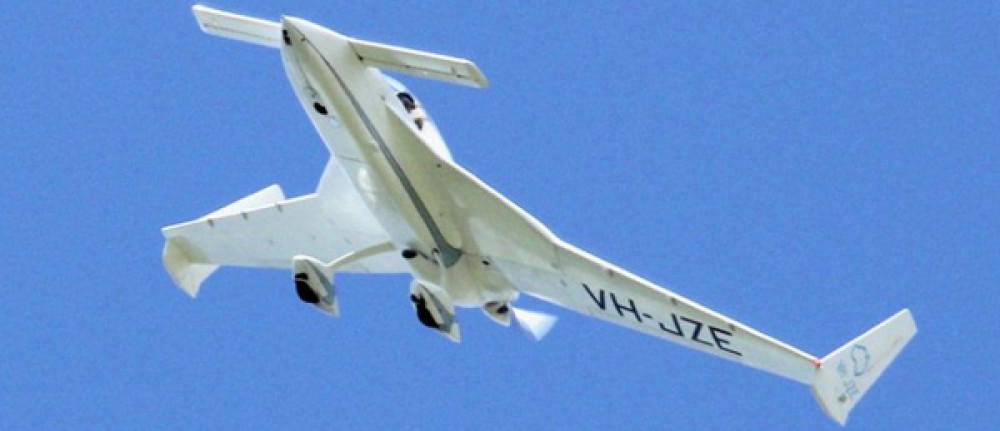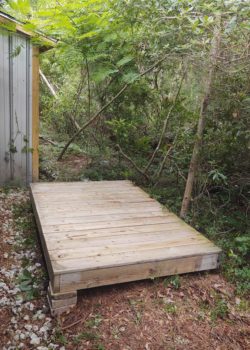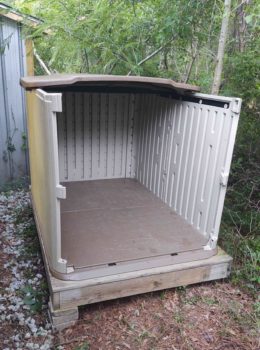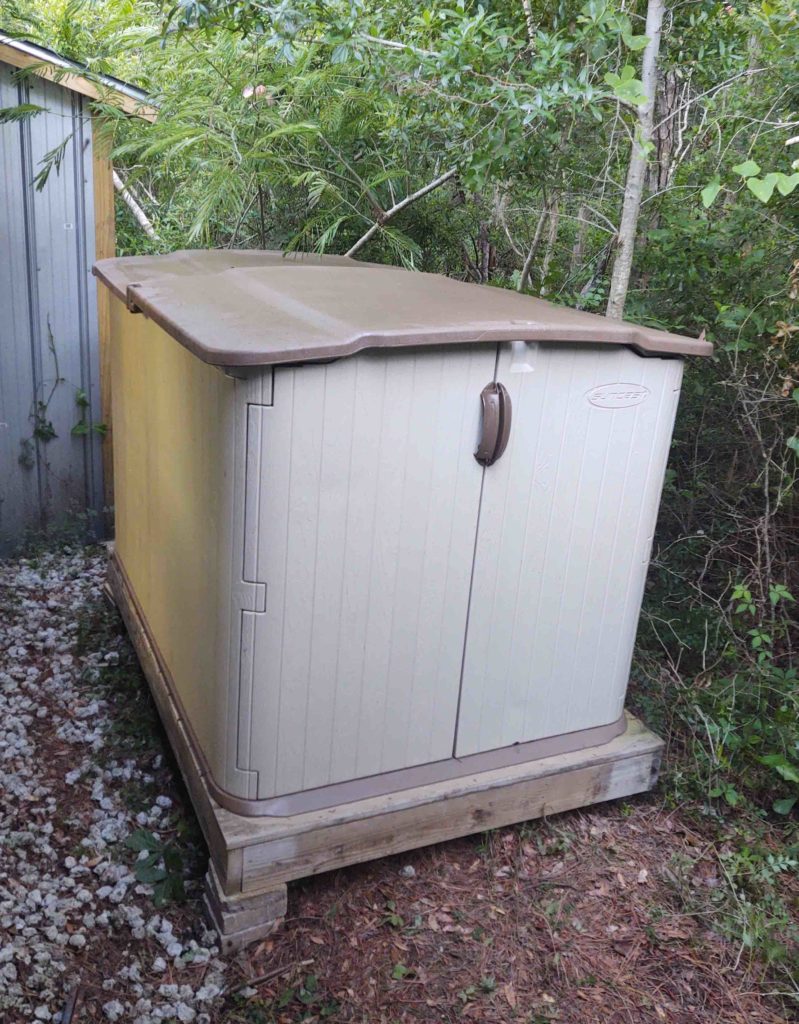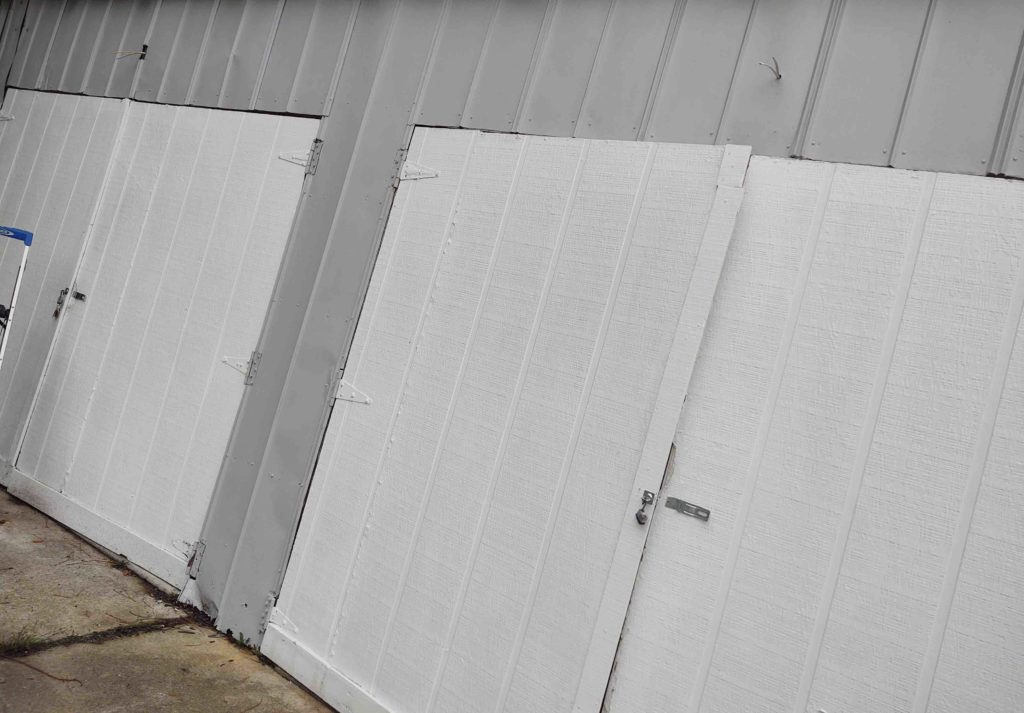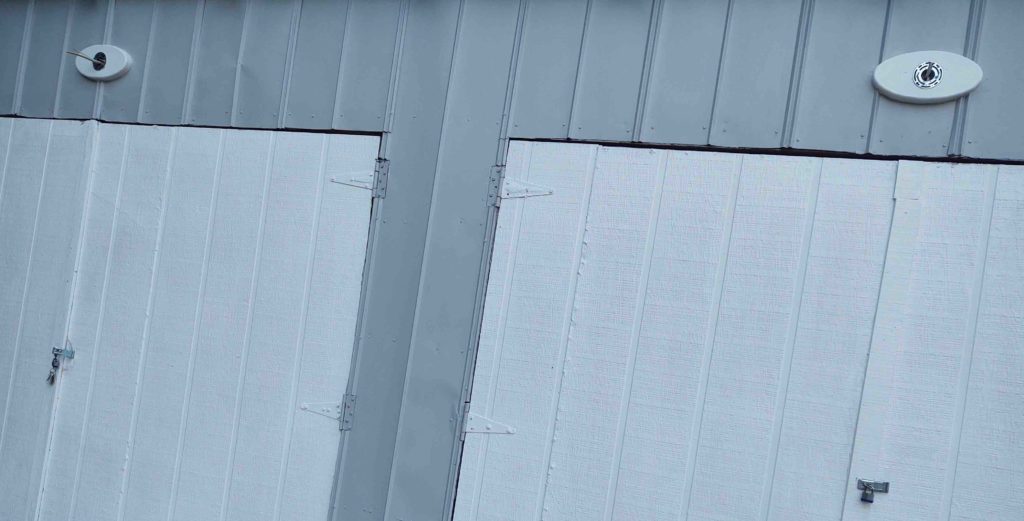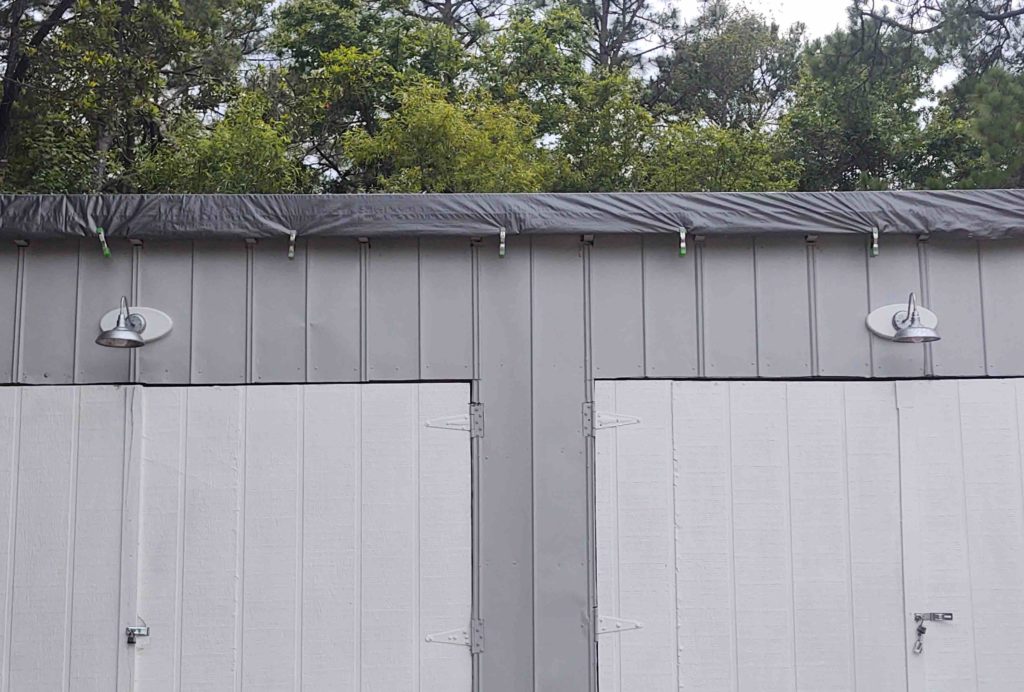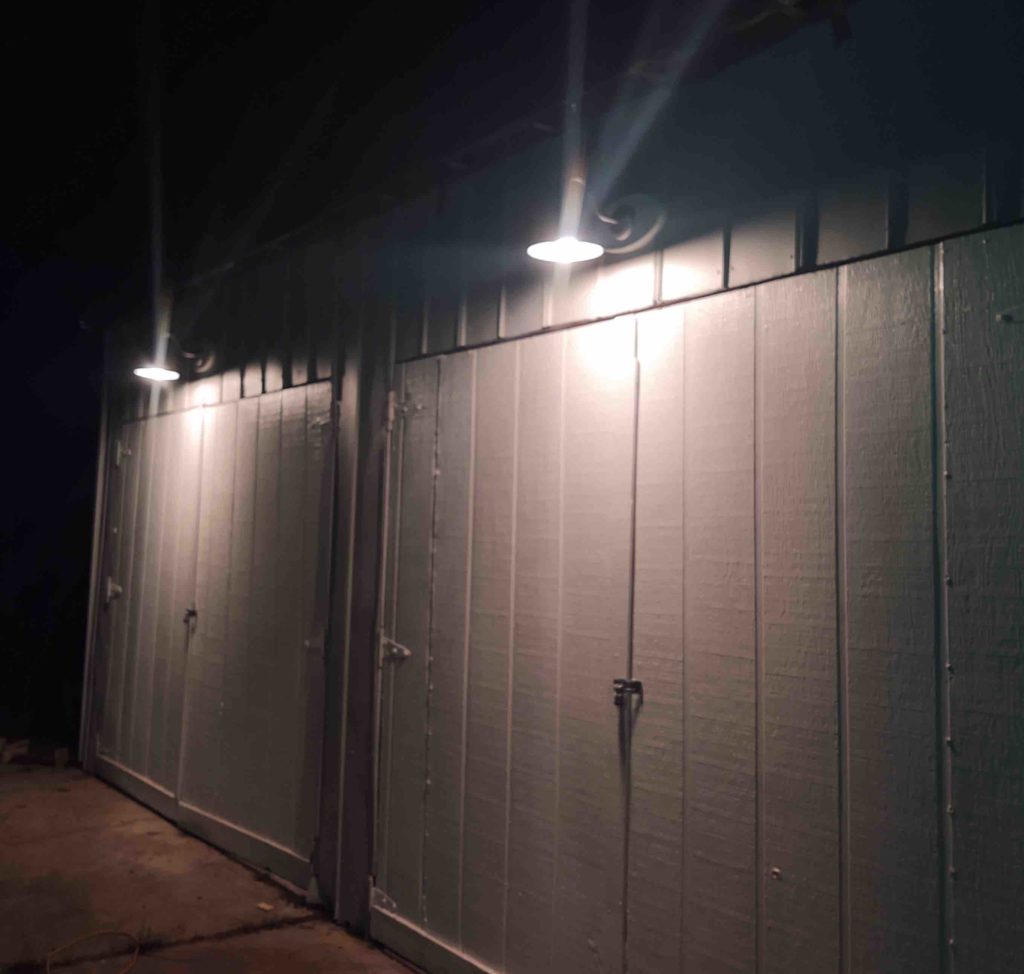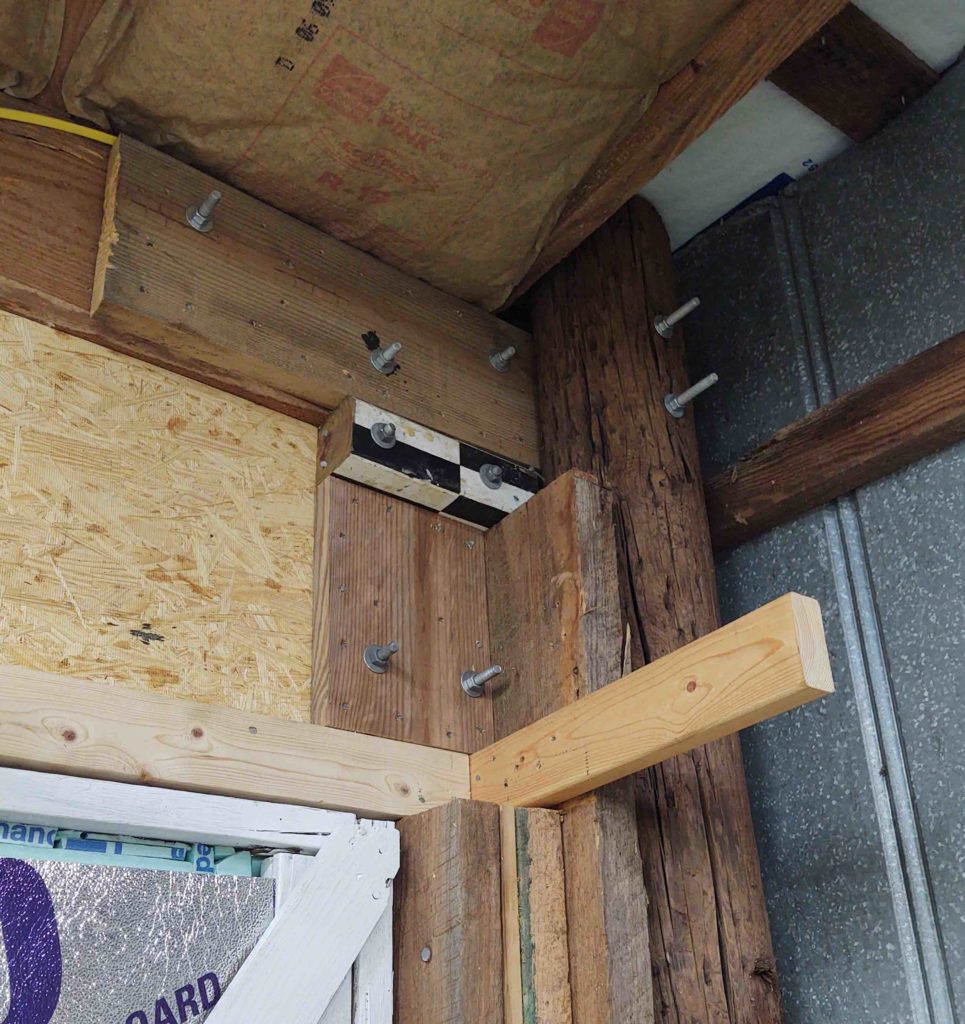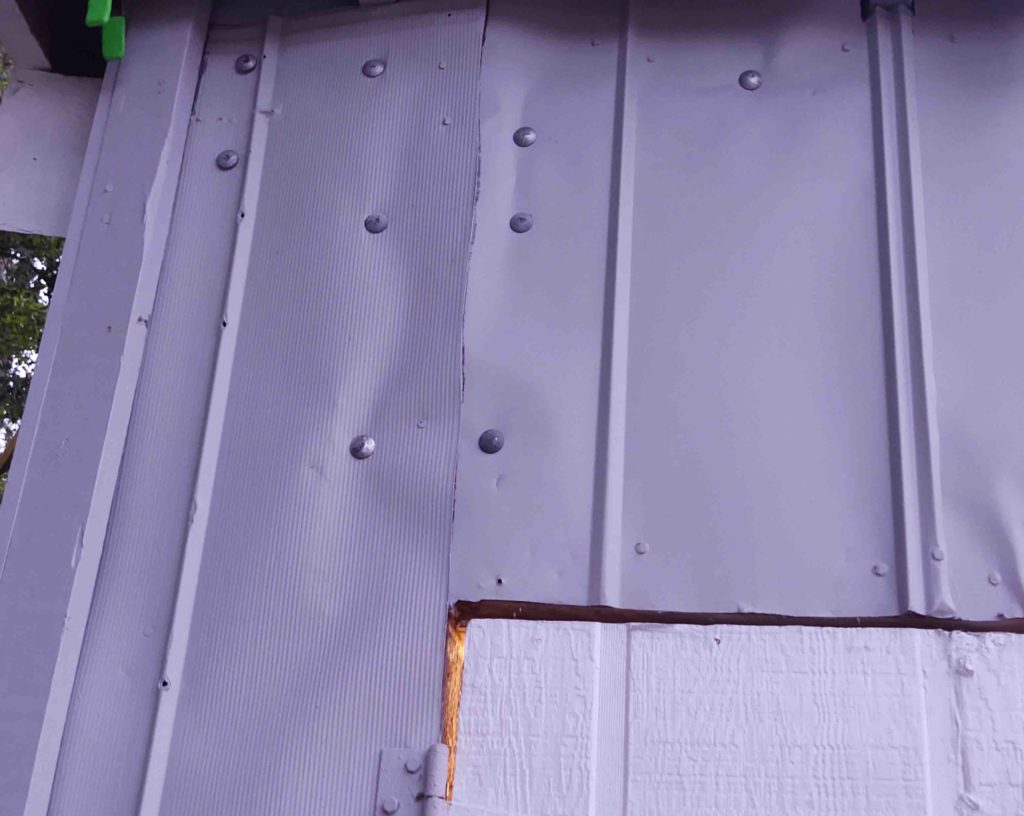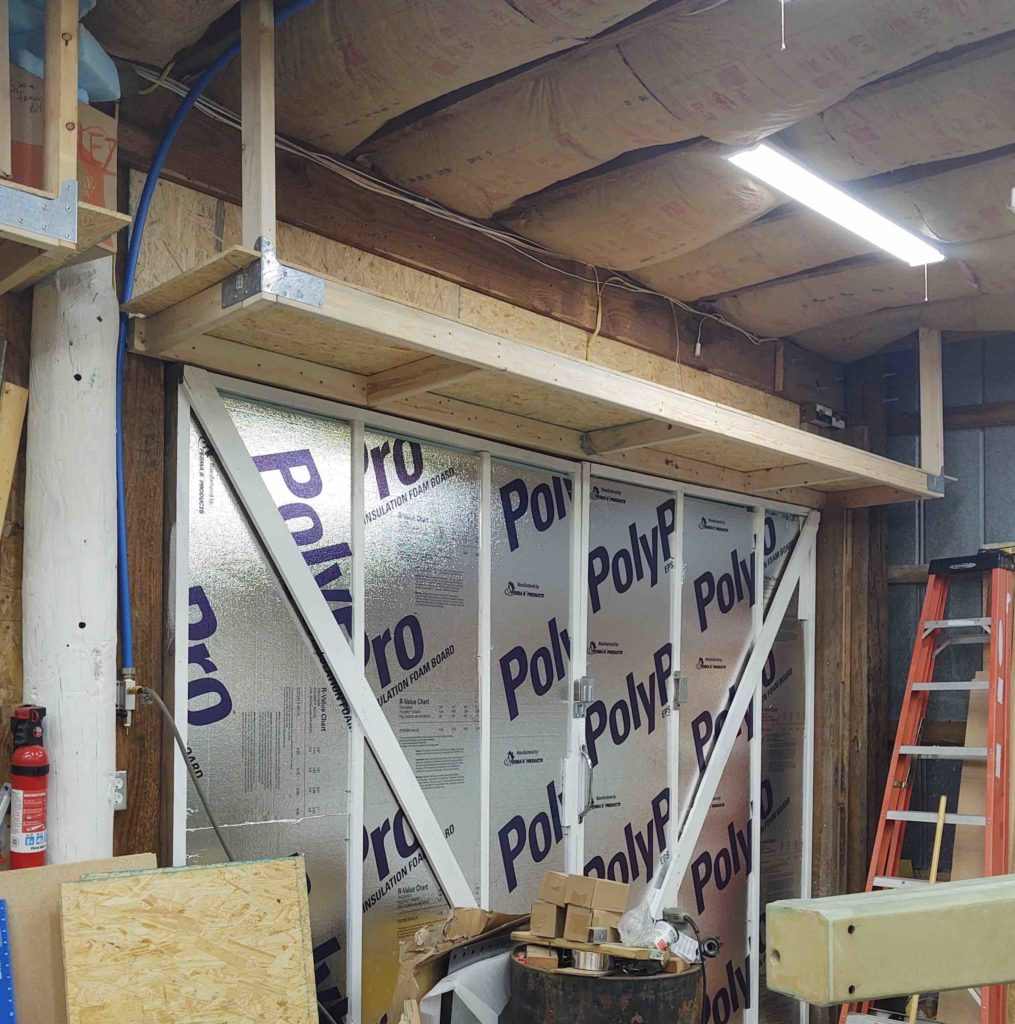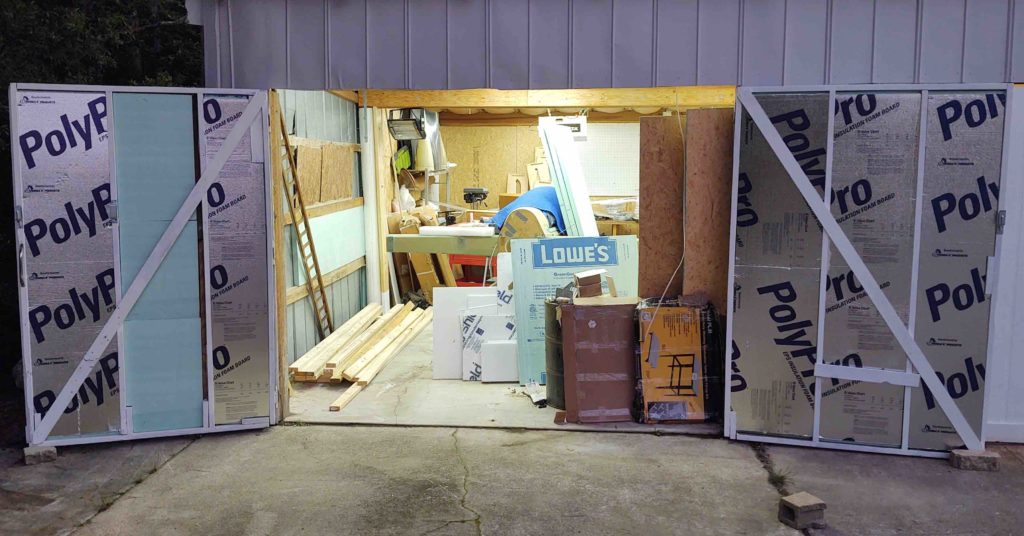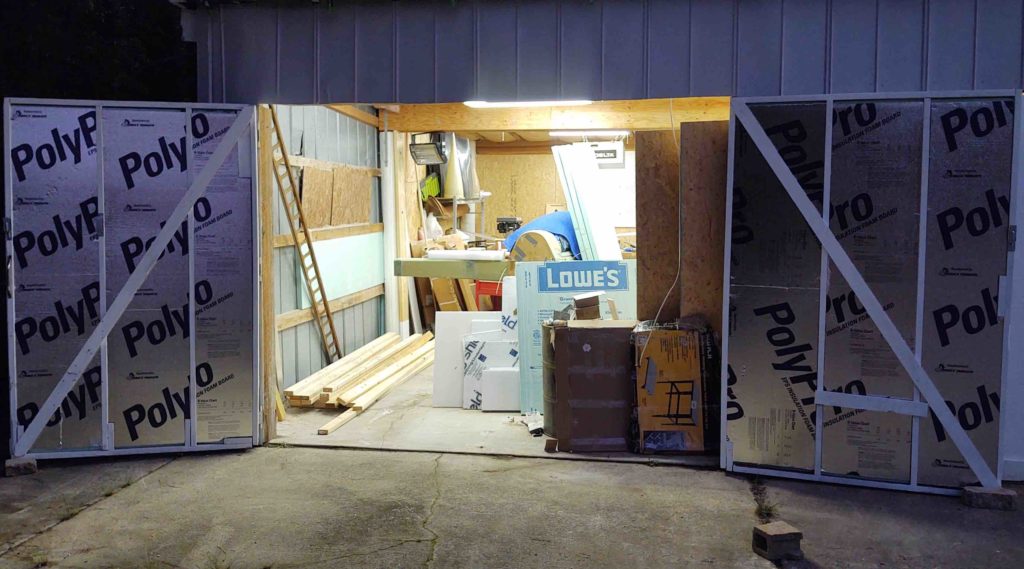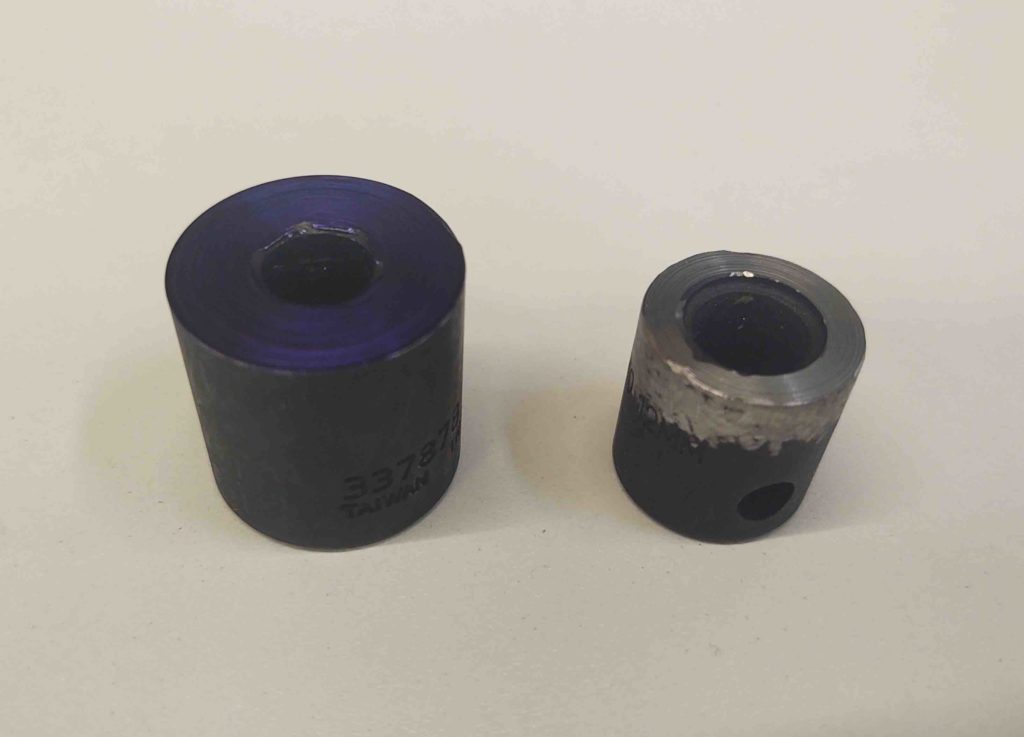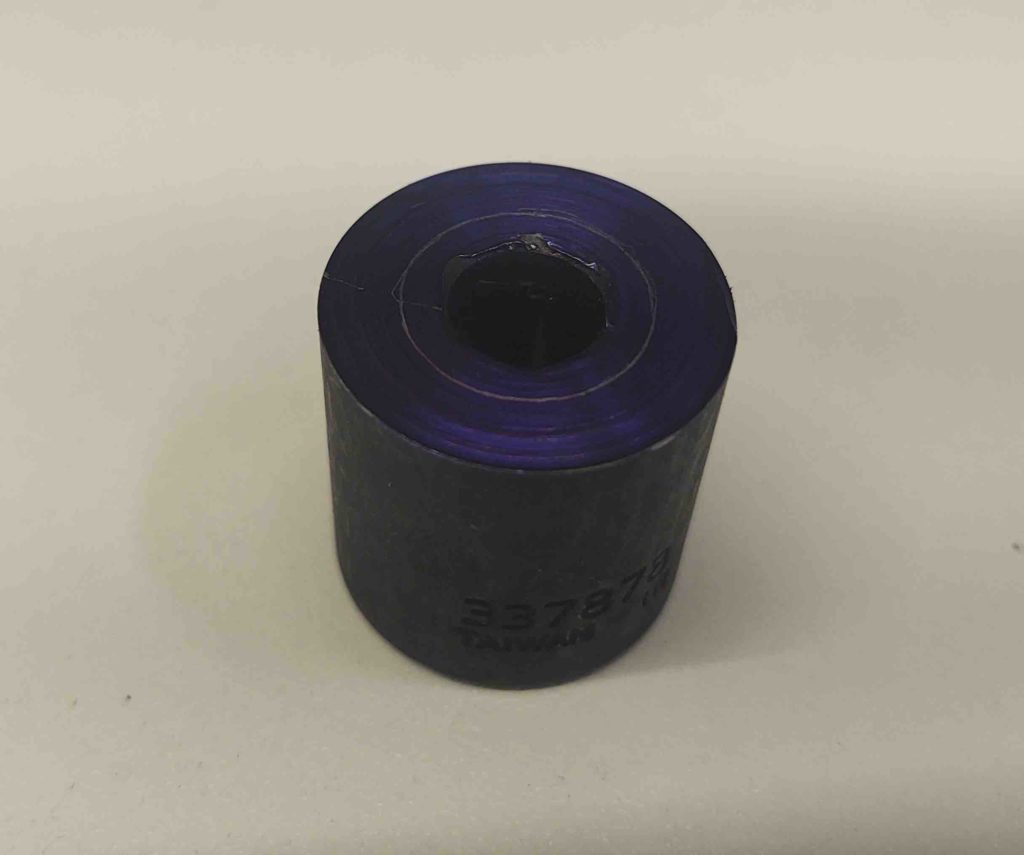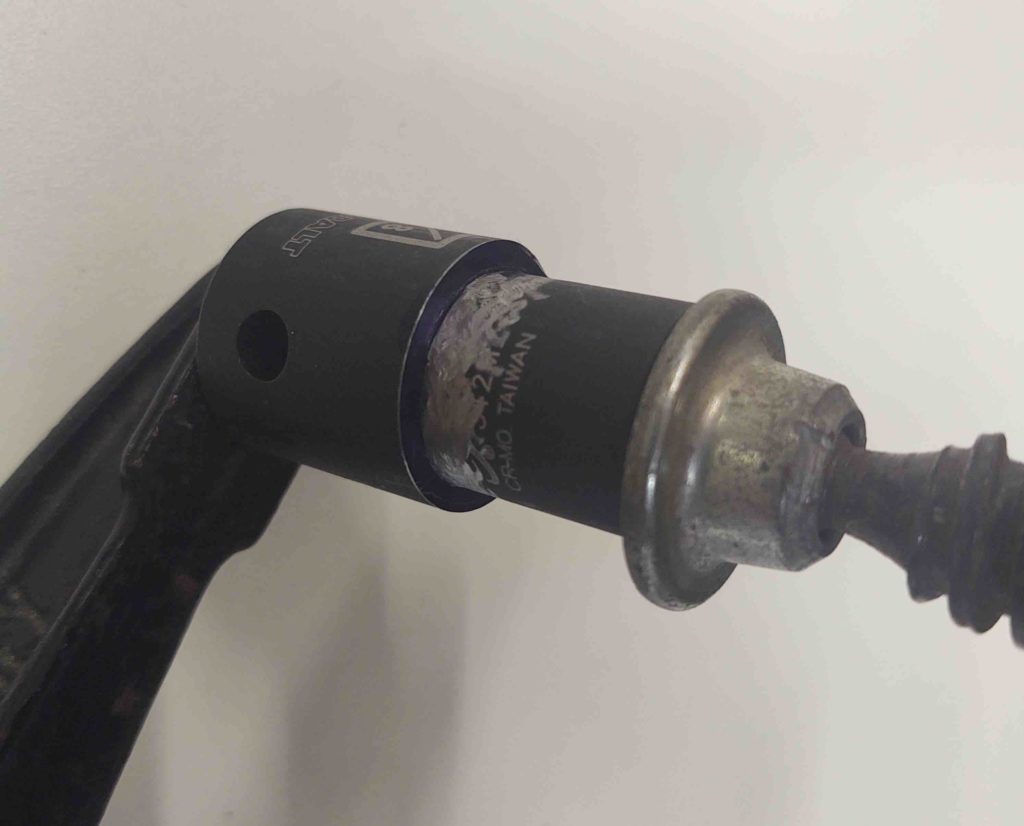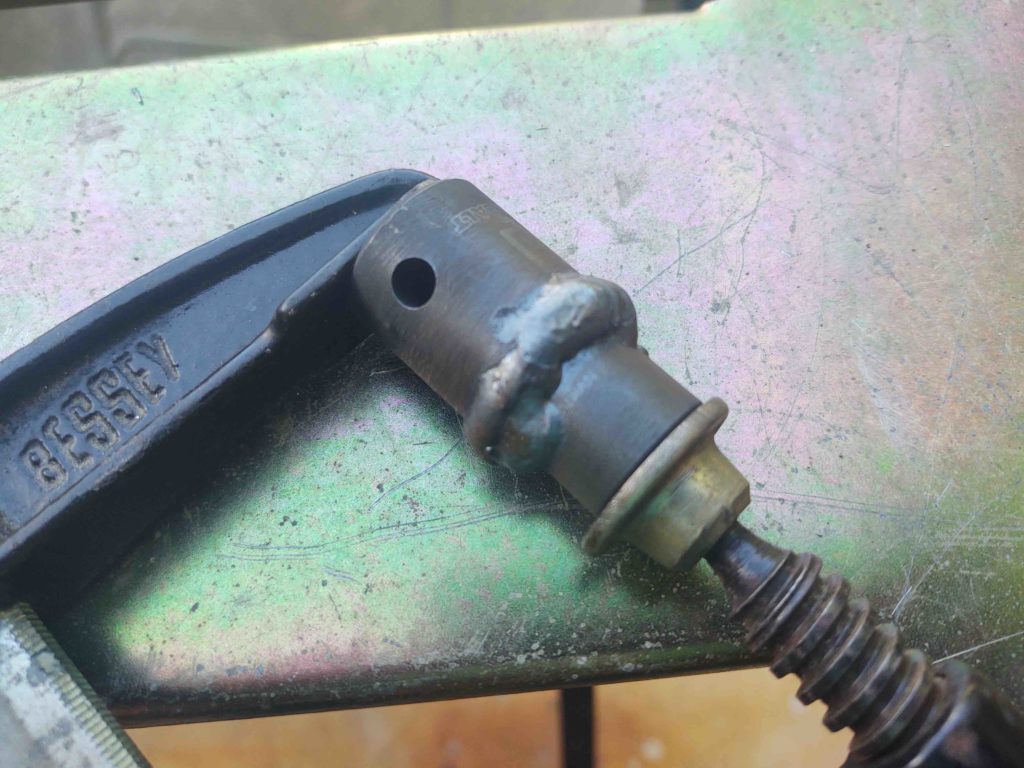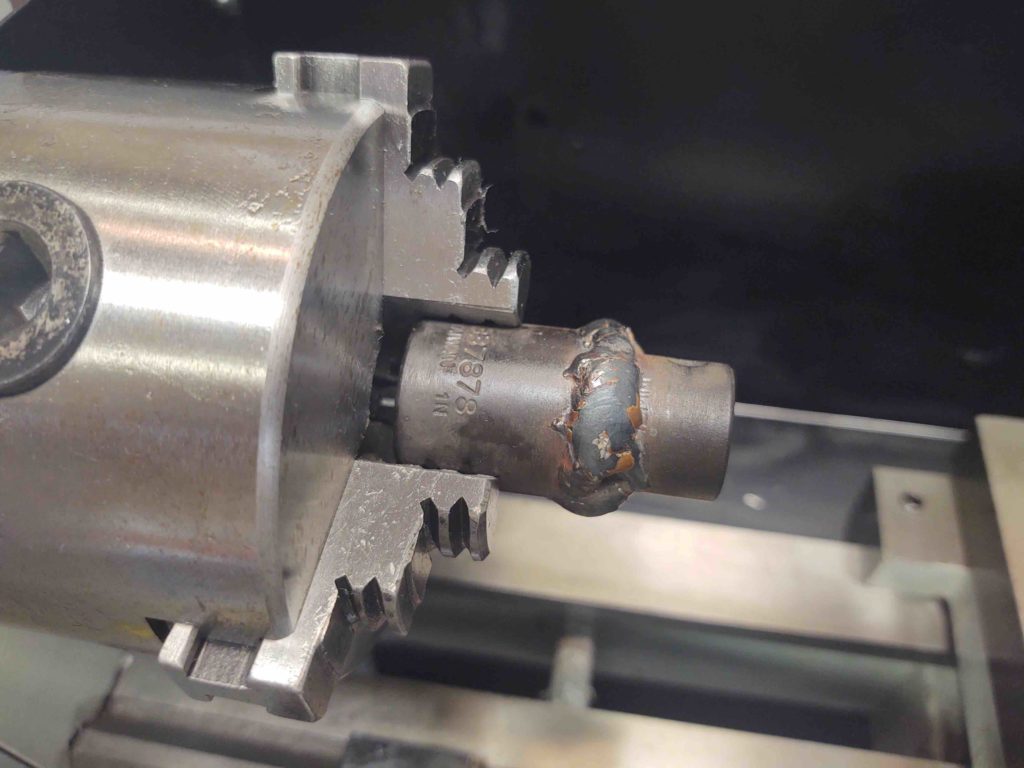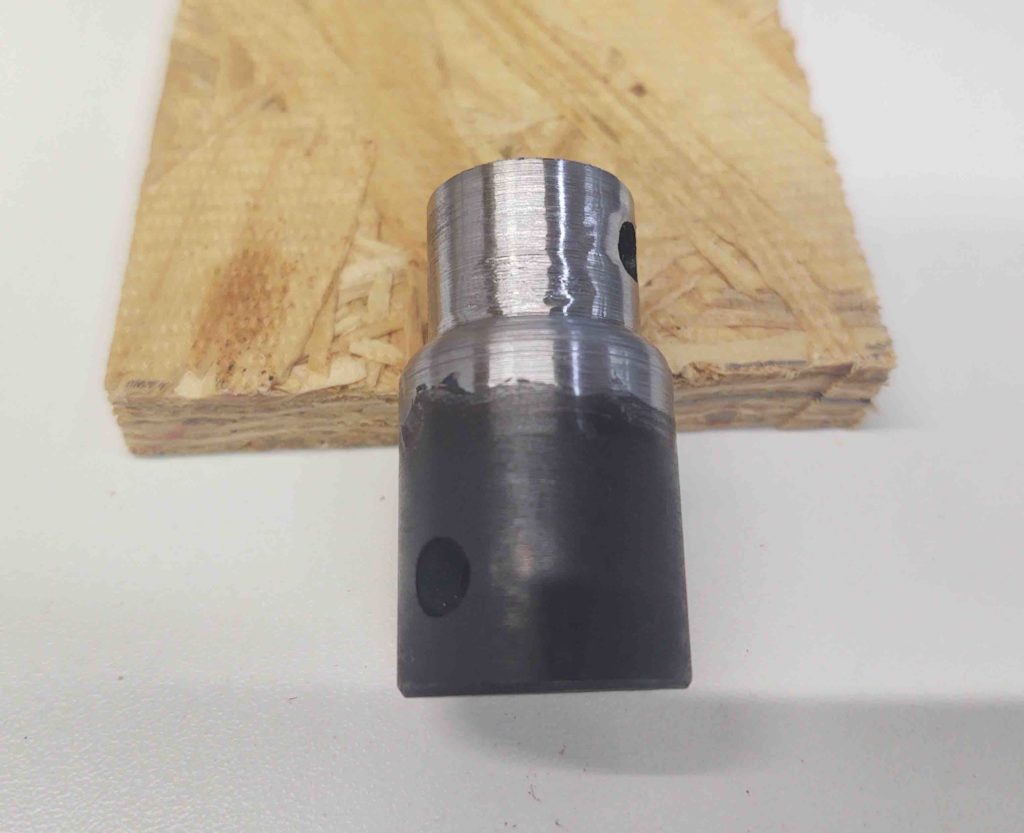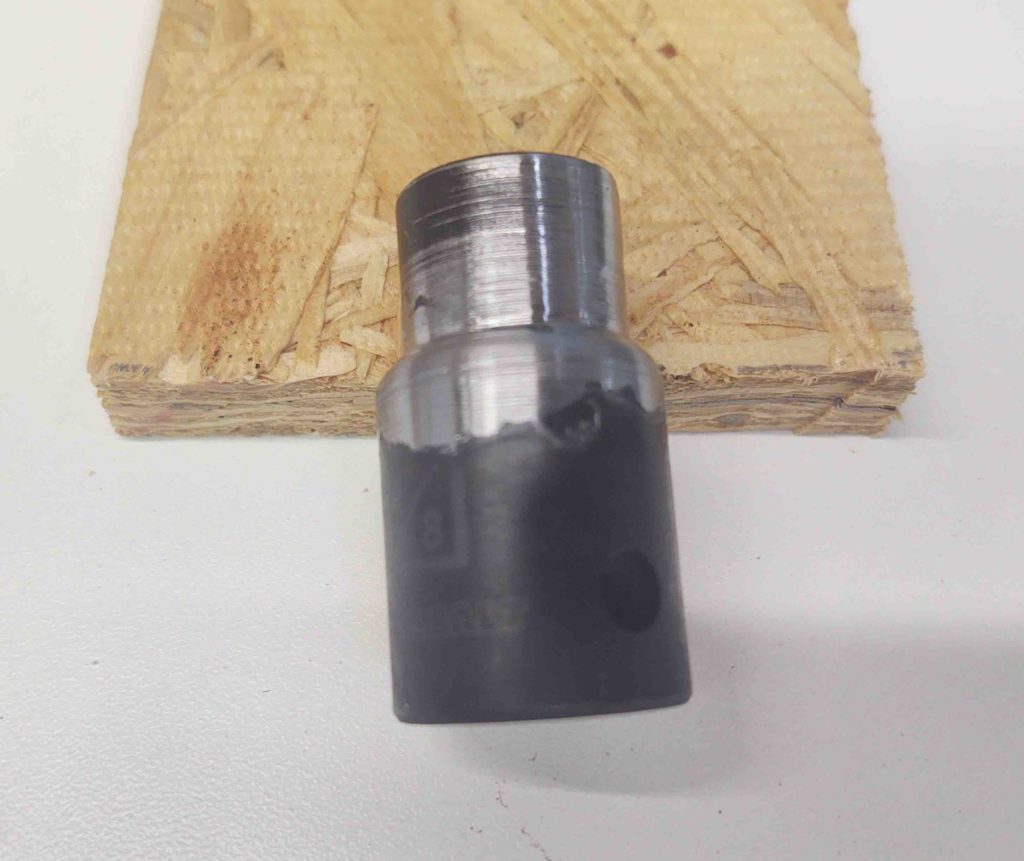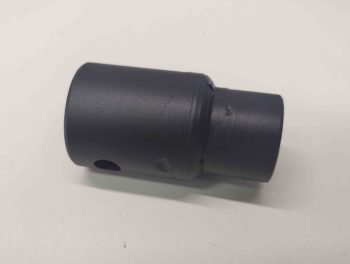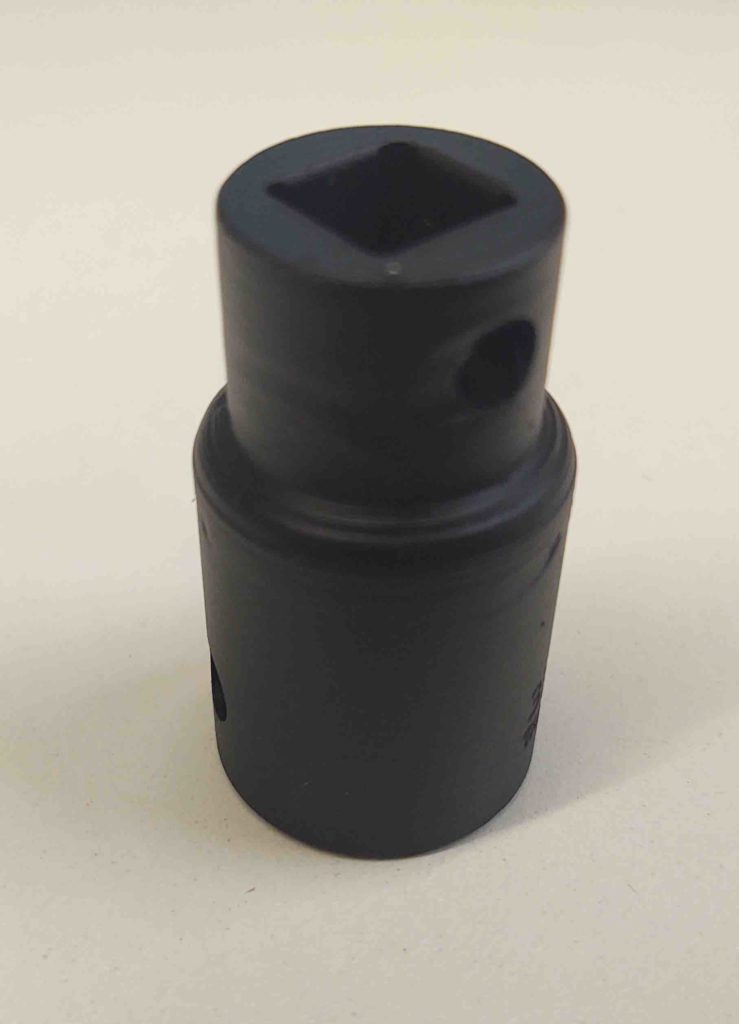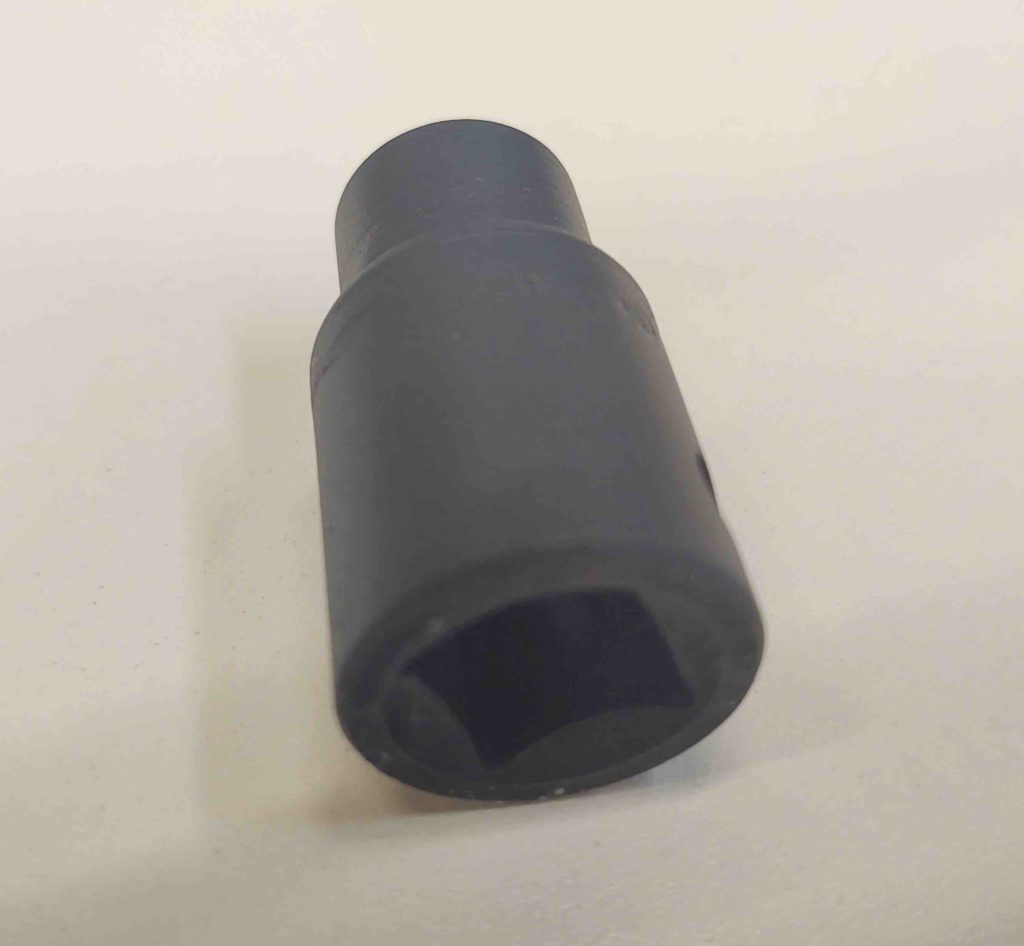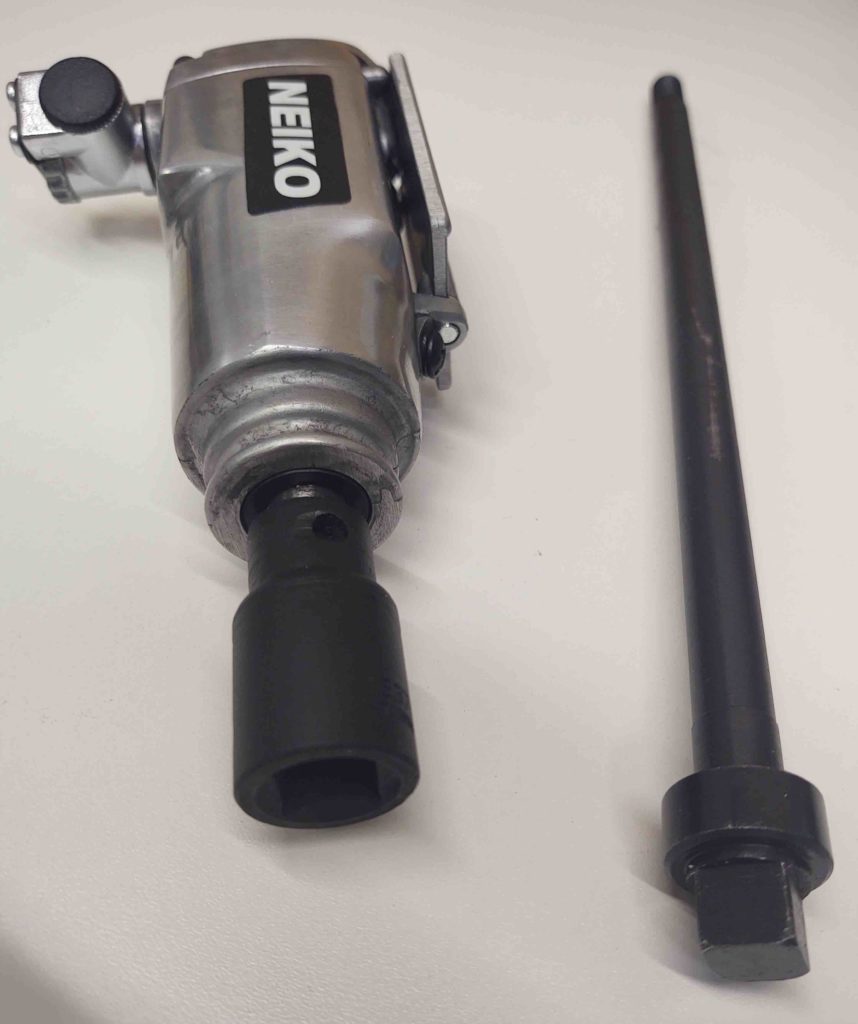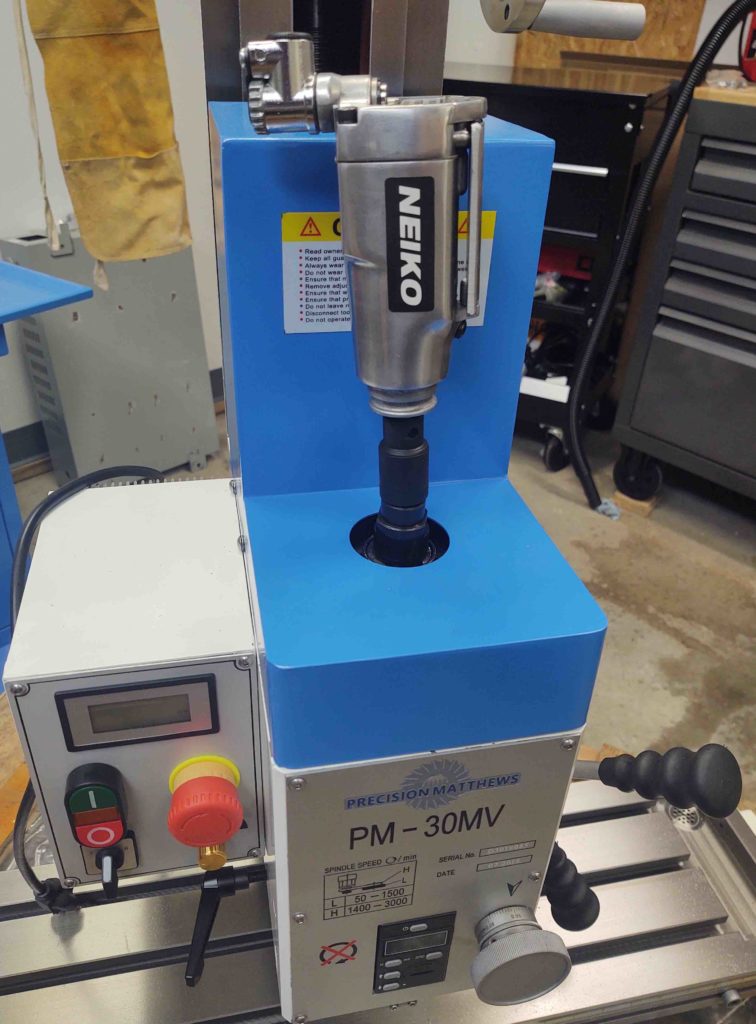I wasn’t going to post anything about my mundane shop actions over this last week, but since the rain has started back up I thought I would submit a report.
When I moved down here to NC from northern Virginia, I brought with me the base I built for a rather decent sized “Rubbermaid” storage shed. Incidentally, at my previous house this was about the largest sized shed I was “authorized” from the Home Owner’s Association –who have more authority up there than any entity on this planet. Thankfully, common sense and self-determination are more of the rule down here and keep BS Big Brother watchdogs out of one’s hair . . . but I digress.
In a string of prerequisite tasks to get the excess pile of 2x4s out of the front corner of my shop, and thus allow me room to get to work on the last segment of wall, I decided to do a bit of work on the area in and around the carport overhang (situated at the right end of the workshop).
Moreover, to get the area cleaned up and organized for yet even more stuff to be jammed underneath, I decided to re-assemble my shed in a location on the back side of the shop, which was essentially free, unused space previously.
Thus, I cleared out some brush and then set up the (quite heavy) platform. I then leveled it.
Besides merely assembling the shed, I also cleaned off the months’ worth of spiders, webs, leaves and dirt from the respective panels.
Here I’ve set the shed floor panels into place and secured them together.
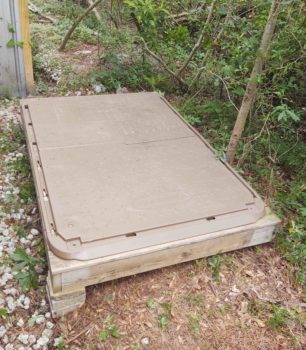
The walls and slide-opening top came next.
And finally the doors . . . and Voila! More storage to help un-encumber the carport area.
After the shed above was assembled (I still have to mount the front ramp back into place on the frame of the wood foundational base) I then uncrated and put the wheels on a decent-sized roll-around shop tool chest that I bought for the hangar. It has been sitting under my carport since early October taking up space and unused. After assembling (ie getting it out the way) I put it in my now somewhat organized garage.
I had big plans for finalizing the organization of the carport to allow all the unrequired stuff to come out of the workshop when the rain started back up. It’s been a bit sporadic, but definitely enough episodes and volume to have really gummed up any more serious work on the shop over the last number of days.
That being said, in the next day or so I plan on throwing myself wholeheartedly into getting the milling machine installed and online. If there are periods of no rain, I will also focus on getting the stack of 2x4s stored under the carport and start back in on completing the final segment of the workshop wall.
